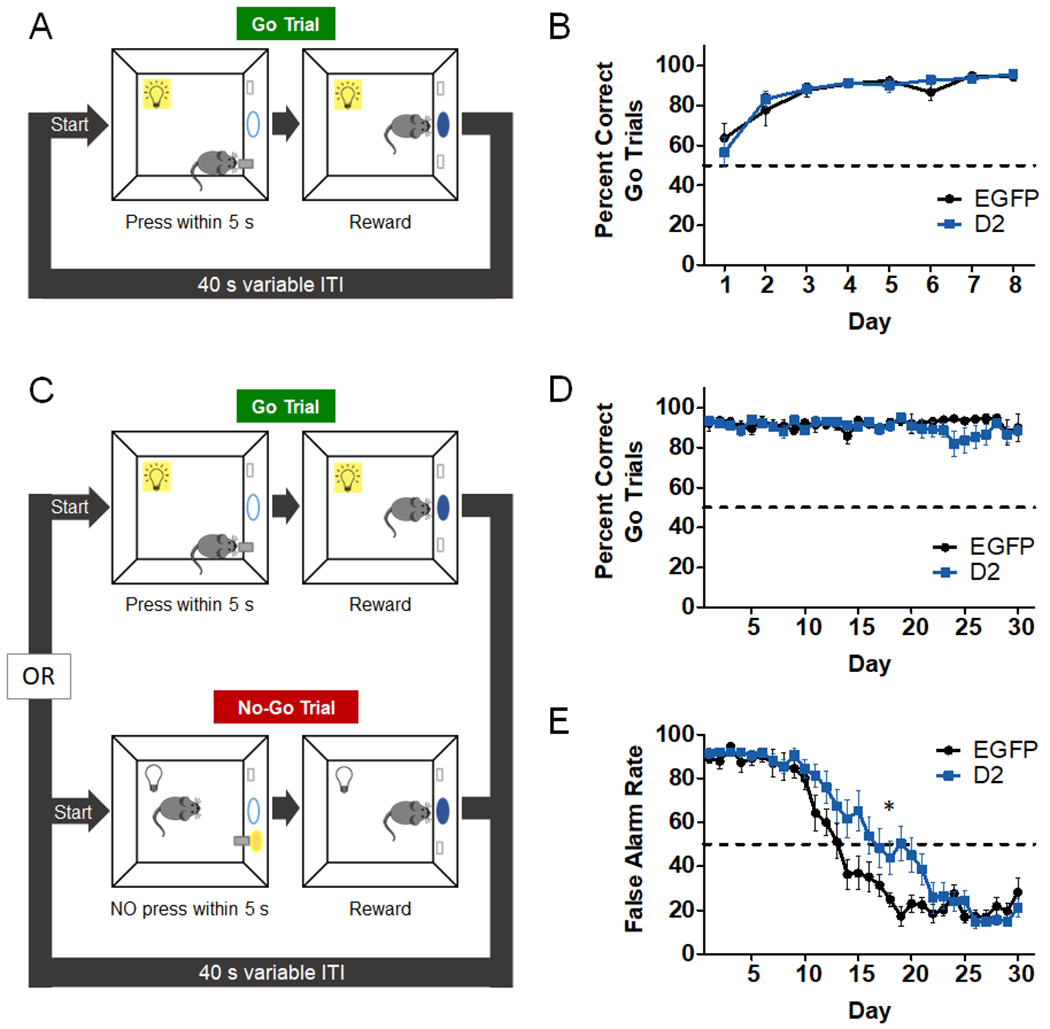Figure 4. D2R upregulation in NAc CINs impairs No-Go responding.

A. Schematic of first training phase consisting of 60 Go trials. Each Go trial is started with house light illumination and lever presentation, and mice must press the lever within 5 s to receive a reward. New trials begin after a variable ITI. B. Go responding was measured across 8 days and expressed as the average percent correct Go trials. This “hit rate” increased similarly in both groups with training (day effect: F(7,161) = 21.8, p < 0.0001; AAV effect: F(1,23) = 0.011, p = 0.91; AAV x day interaction: F(7,161) = 0.75, p = 0.63). EGFP, n = 11; D2, n = 14 mice. C. In the second phase, which consisted of 30 days, 30 Go trials were intermixed with 30 No-Go trials. Unlike Go trials, No-Go trials were signaled by the presentation of the lever and LED lights above the lever without a house light. Withholding from pressing for 5 s during No-Go trial led to reward. D. D2R upregulation did not alter accuracy of responding during Go trials (AAV effect: F(1,23) = 0.52, p = 0.48); AAV x day interaction (F(29,662) = 1.183, p = 0.24). EGFP, n = 11; D2, n = 14 mice. E. In No-Go trials, premature responding (false alarm rate) decreased with training in both groups (day effect: F(29,663) = 88.97, p < 0.0001), yet this transition was significantly delayed in D2R-OENacChAT mice (AAV x day interaction: F(29,663) = 3.099, *p < 0.0001). EGFP, n = 11; D2, n = 14 mice.
